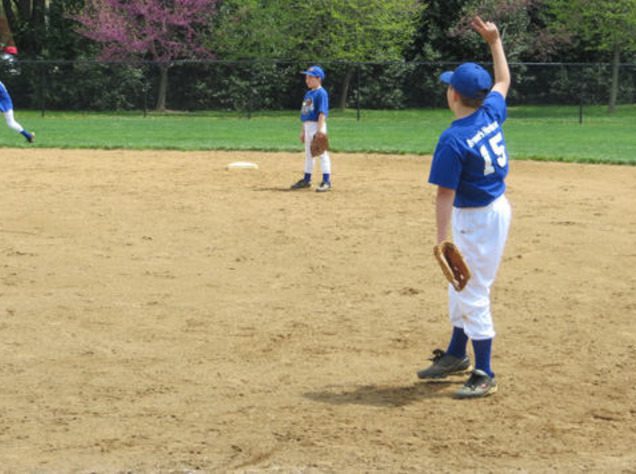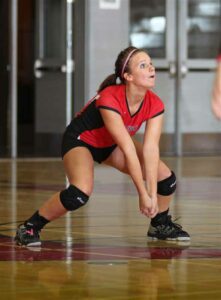How To Be An Effective First Baseman
Unfortunately, there’s a common misconception about playing first base in today’s day and age, and it’s one that is ultimately damaging. Old thought process would infer that coaches are supposed to put their slowest, least athletic players at first, since they hardly have to run, throw, or move — however, that couldn’t be further from the truth, and CoachUp is here to help dispel that rumor. Some of the MLB’s best defensive players on first baseman; they’re agile, quick, and often make something out of nothing.
The modern first baseman takes pride in his defense and knows that his efforts on the corner can be just as useful as any big home run. Excitingly enough, one fantastic aspect of playing first base is that you have the chance to be involved in every defensive play. That being said, a first baseman always needs to be on his toes and aware of all situations and scenarios during each pitch. Take these CoachUp tips with you the next time you’re working your defensive abilities and the sky will be your limit!

Cover It All
First base should be played in a similar way as shortstop, meaning one should be trying to cover as much ground while still staying in position. The position is not just simply staying near the bag and receiving throws from the rest of the infield. Footwork is essential for both fielding grounders and catching throws to first — if you miss your foot on the base, the runner is safe.
Former nine-time Gold Glove winner and former Los Angeles Dodger Manager, Don Mattingly, advises that a first baseman should prepare for every throw to be a poor one. Not every throw is going to be a perfect strike to the glove and that’s why first basemen need to specifically practice receiving poorly thrown balls. During practice, have a teammate intentionally throw balls in the dirt, over your head, and up and down the line. Practice receiving these types of throws even if it means taking your foot off the bag — keeping the ball in front of you is much more important than risking the possibility of it getting by you!
Tag, You’re It
Another often forgotten aspect of playing first base is receiving applying the tag on a pickoff play. Effectively picking off a runner at first can truly kill an inning for the opposing team. Instead of having runners on first and third with one out, a successful pick of play could result in a runner on third with two outs. Or, in another scenario, simply holding a runner close can make a world of difference as well when forcing double plays.
Keep him honest without always sacrificing your range — and helping him think a pitcher might throw over is always a benefit. You’ll often have to range to your right, left, up, down, into foul territory, and down the line for a bunt, all in one game, so a good first baseman will be mentally sharp for anything. They must be ready for it all instinctively and most situations call for rapid reaction, whether it’s a hot-liner that he must one-hop, a poor throw he must scoop, or covering a shallow bunt down the line, first baseman usually have less than a second to decide what they’re going to do and how.
(Related: Read about tips for hitters here.)
Huddle Up
Basically, you’ll need to put in the time and effort to become a lethal and consistent first baseman, so try to find some time each and every time you hit the field. Put down the bat and make sure to go over the basic fundamentals of fielding as a first baseman. The last thing you want to do is freeze up in a crucial situation, or miss that scoop for the final out. Nowadays, professional first baseman have transformed from that stereotypical assumption to great two-way athletes, so you should as would. You’d hate to lose your position to a player that can both hit and field, right?
If you believe that your calling is at first base but are still having trouble mastering those responsibilities and situations, then consider booking one of CoachUp’s private trainers to help you out. They’ll have you scooping, diving, and picking off opposing players with confidence and reliability in no time. What are you waiting for?
How useful was this post?
Click on a star to rate it!
Average rating 3.1 / 5. Vote count: 13
No votes so far! Be the first to rate this post.



